Discovering new marine species is an ongoing process, and researchers worldwide continuously contribute to our understanding of marine biodiversity. In 2023, several new marine species were discovered in the deep sea. Here is a list of some notable new marine species found in 2023:
1. Gummy Squirrel (Psychropotes longicauda)
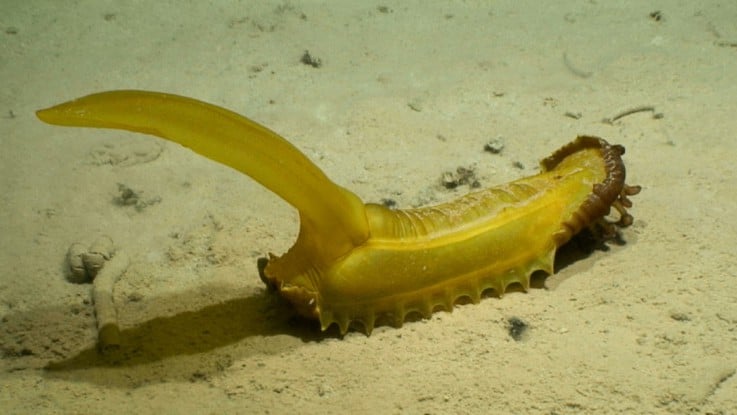
The Gummy Squirrel, scientifically known as Psychropotes longicauda, is a remarkable creature typically found at depths exceeding 1,000 meters. This species has captivated scientists with its unique physical characteristics and ability to thrive in one of Earth’s most extreme environments. The Gummy Squirrel has earned its name from its translucent, gelatinous body and elongated tail, which are thought to resemble a squirrel-shaped gummy bear.
2. Slickhead (Narcetes shonanmaruae)
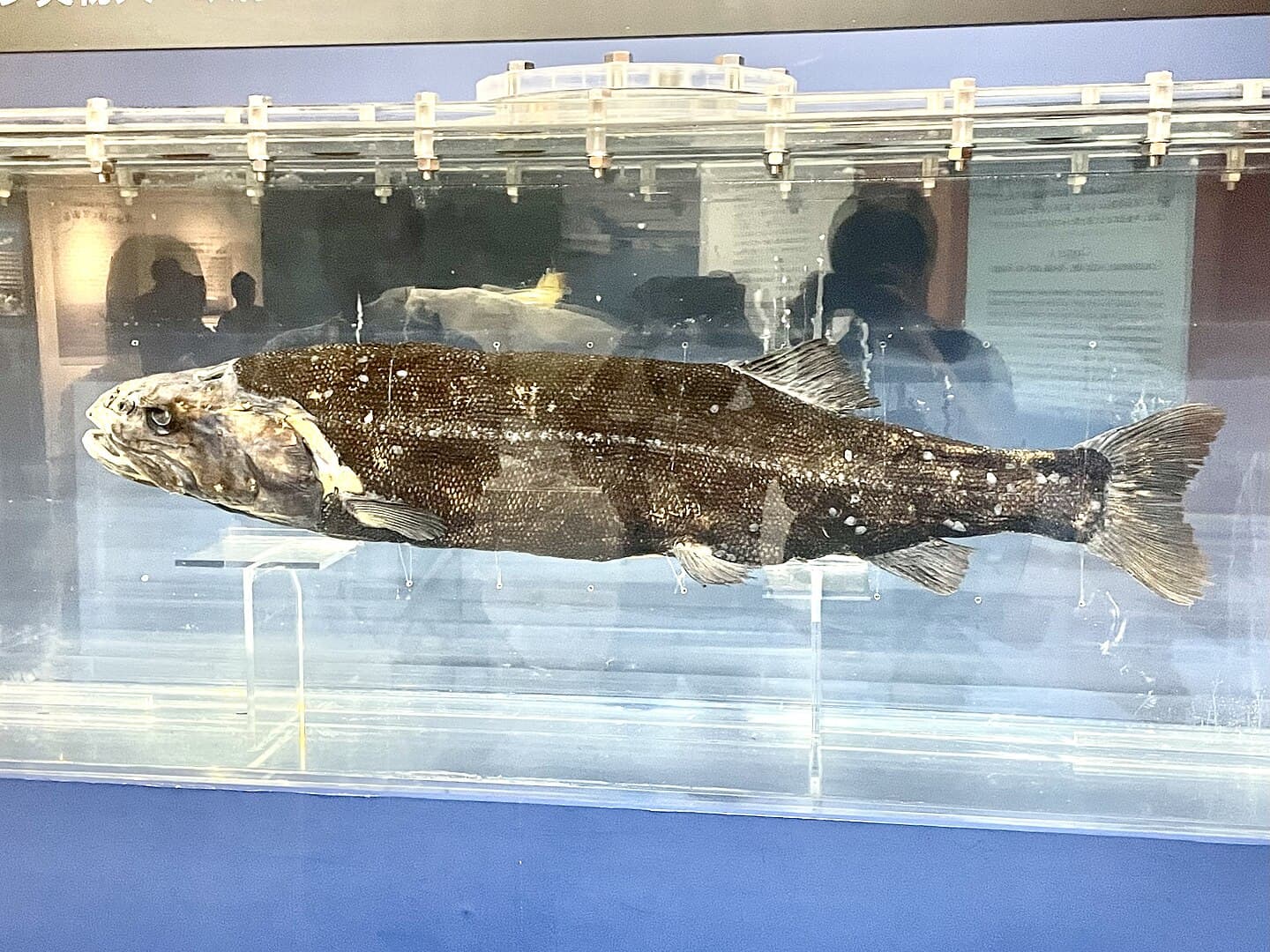
Narcetes shonanmaruae, a species of deep-sea fish belonging to the family Alepocephalidae, also known as the slickheads, are found in the ocean’s abyssal depths. This species, discovered and described relatively recently, adds to the growing list of marine organisms that inhabit the dark, high-pressure environments of the deep sea. Its unique morphological features are adapted to the challenging conditions of the deep sea. The habitat of Narcetes shonanmaruae is found at depths that can exceed 1,000 meters below the ocean’s surface.
3. Muusoctopus sp.
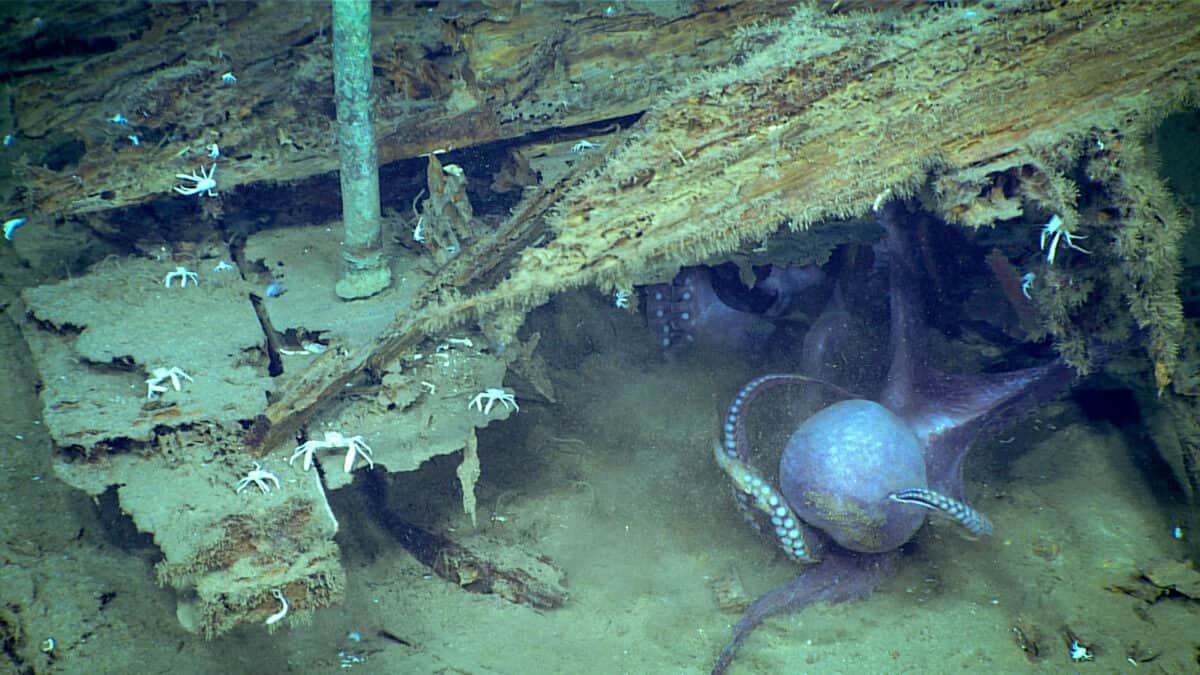
Muusoctopus is a genus within the family Octopodidae, comprising several species of deep-sea octopuses known for their adaptations to life in the cold, dark depths of the ocean. Within the genus Muusoctopus some species have been identified as recently as the early 21st century. They are benthic creatures, meaning they live on or near the ocean floor. They hunt for small invertebrates and detritus. Their coloration tends to be muted, often matching the seafloor, which helps them avoid predators.
4. Sea Toad (Chaunax)
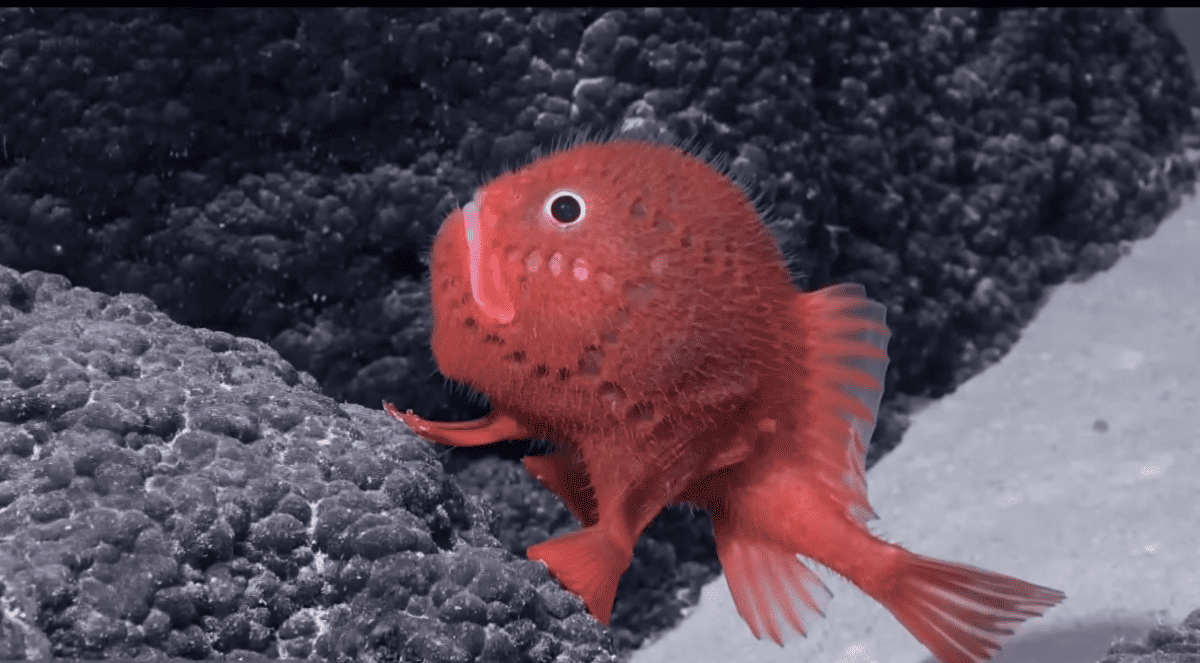
Chaunax is a genus of fish belonging to the family Chaunacidae. They are also known as sea toads, because of their unusual shape resembling a toad. These deep-sea dwellers are found in oceans around the world. The genus encompasses a variety of species, each adapted to life in the dark, high-pressure environments of the deep sea. Recently, a new species of Chaunax was discovered off the coast of Chile.
5. Fluffy Sponge Crab (Lamarckdromia beagle)
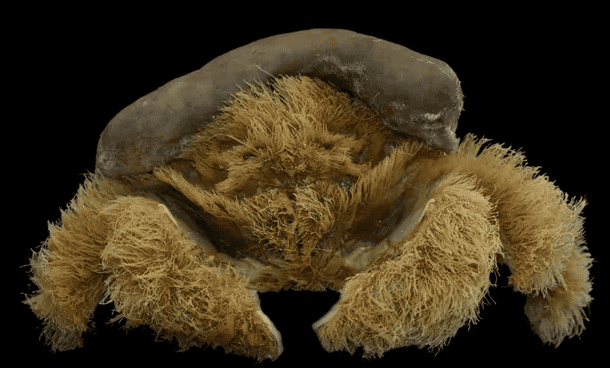
The Lamarckdromia beagle, commonly referred to as the Fluffy Sponge Crab, is a new species that has captured the attention of marine biologists. This crab was discovered off the coast of Western Australia. Lamarckdromia beagle is distinguished by its particularly its “fluffy” texture, which is unlike the typical hard-shelled exterior of most crabs. This texture is primarily due to the setae, or fine hairs, covering its body. Another distinctive feature of this species is its behavior of carrying a living sponge on its back, which it trims and shapes to use as a form of camouflage and protection from predators.
6. King Ghidorah’s Branching Worm (Ramisyllis kingghidorahi)
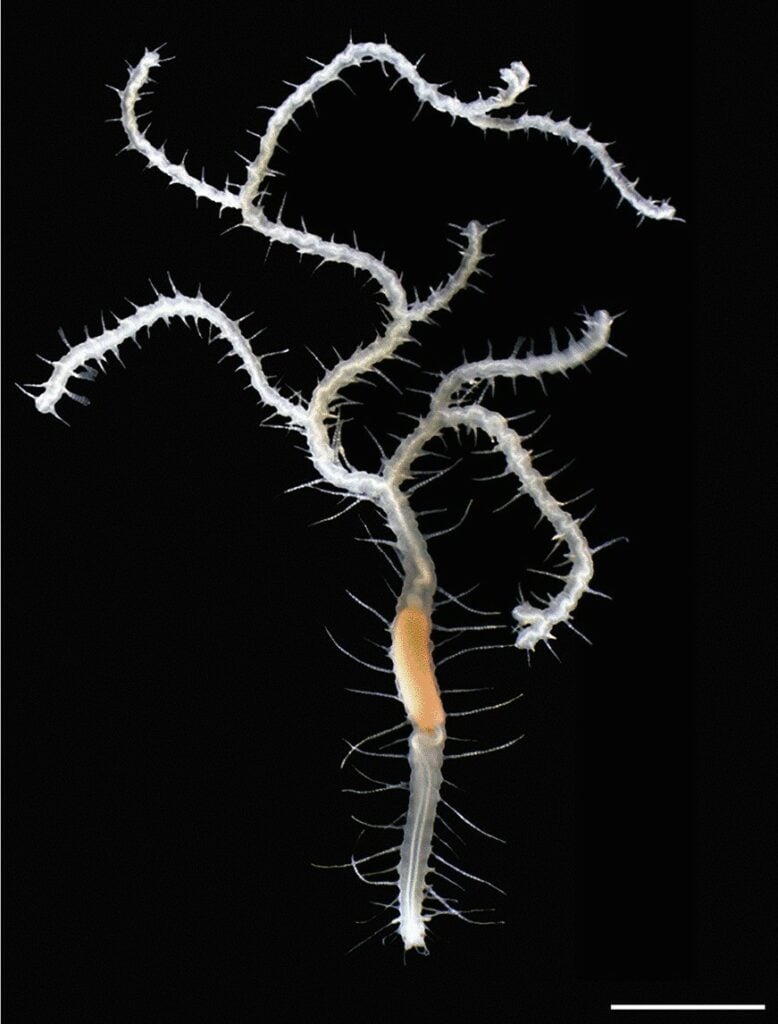
Ramisyllis kingghidorahi, known as King Ghidorah’s Branching Worm, is a species that stands out for its unique naming inspiration drawn from popular culture. It was discovered within the genus Petrosia’s marine sponges off Japan’s coast. Named after the iconic three-headed dragon King Ghidorah from the Godzilla franchise, this worm’s branching body structure mirrors the mythical creature’s multiple heads.
7. Dumbo octopus
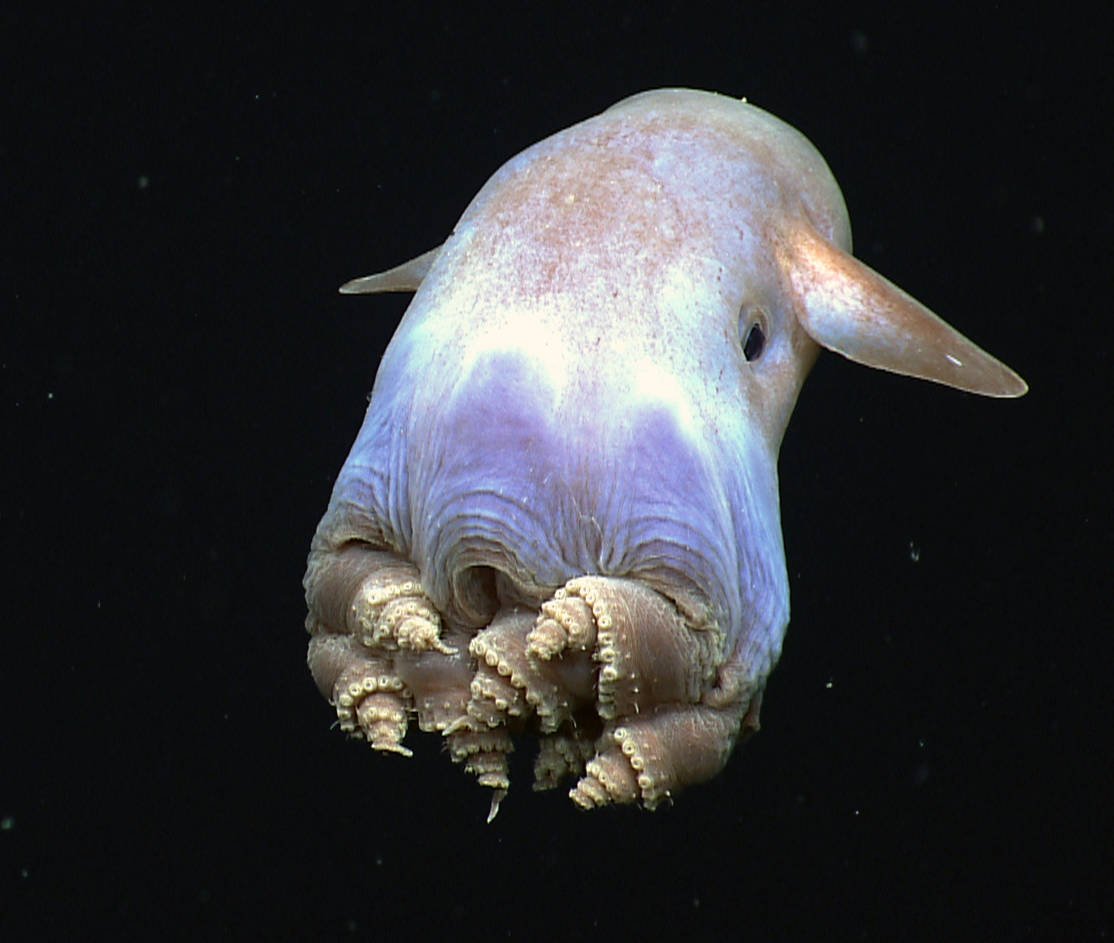
Dumbo octopuses belong to the genus Grimpoteuthis and are among the deepest living octopuses known. Some species reside at depths of 4000 meters or more. These creatures are adapted to the extreme conditions of the deep ocean, including high pressure, low temperatures, and complete darkness. They use their ear-like fins to move through the water and their arms for steering and crawling along the seafloor.
Conclusion
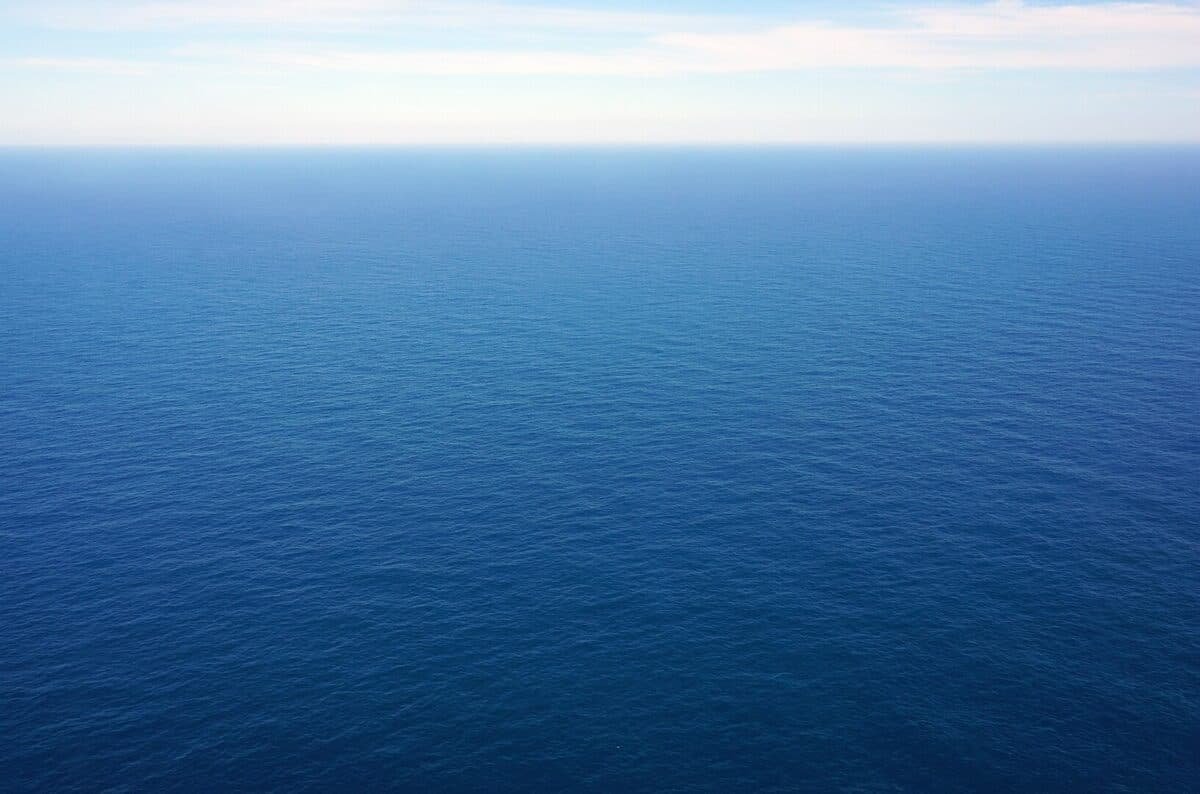
The deep sea, Earth’s largest habitat, is the least explored environment on our planet. Despite covering about 65% of the Earth’s surface, it’s estimated that over 80% of the ocean, particularly the deep sea, is unmapped, unobserved, and unexplored. The deep sea is a mystery waiting to be uncovered.
You might also enjoy:
- Watch: Jaguar vs Anaconda - May 13, 2024
- Homeless Man Develops Life-Changing Friendship with a Husky - May 8, 2024
- World’s Largest Snake Discovered In Amazon Rainforest – Video - April 30, 2024
